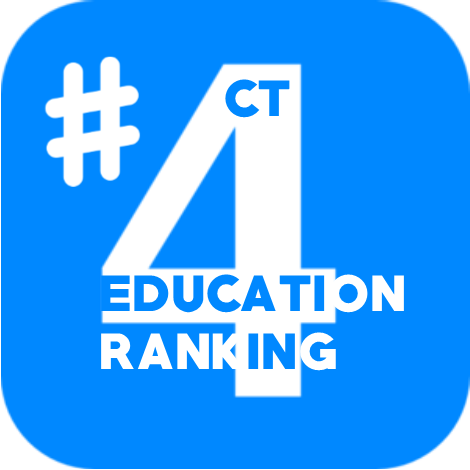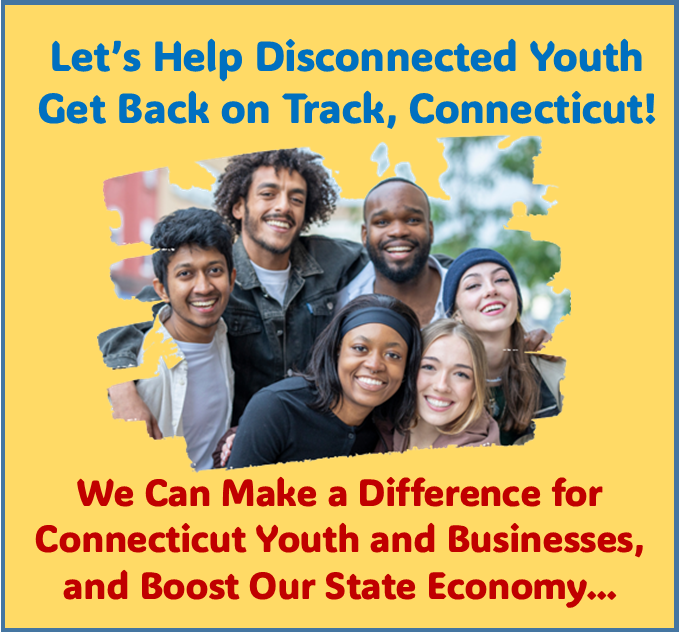New Haven Free Public Library is Finalist for Prestigious National Award
/The New Haven Free Public Library (NHFPL) is among the 30 finalists nationwide for the 2019 National Medal for Museum and Library Service, presented by the Institute of Museum and Library Services.
The National Medal is the nation’s highest honor given to museums and libraries for service to their communities. For 25 years, the award has celebrated institutions that demonstrate extraordinary and innovative approaches to public service and are making a difference for individuals, families, and communities.
“The 30 National Medal finalists showcase the tremendous ability of libraries and museums to serve as vital community resources,” said IMLS Director Dr. Kathryn K. Matthew. “The Institute of Museum and Library Services is honored to recognize these leading institutions. We congratulate them on the work they are doing across the United States.”
The New Haven Free Public Library welcomes more than 500,000 library users through its doors each year, realizing its mission of fostering lifelong learning, inspiring curiosity, and building community through shared access to resources, experiences, and opportunities for all. Open to all, the New Haven Free Public Library is described as a “community pillar of learning, exploration and inspiration.”
“We are honored that the New Haven Free Public Library is a finalist for the National Medal for Museum and Library Service, and appreciate the inaugural nomination by U.S. Senator Christopher Murphy,” said City Librarian Martha Brogan. “We proudly share this nomination as recognition of our home, the community and the City of New Haven.”
“I nominated the New Haven Free Public Library for this award because of their unmatched commitment to serving the New Haven community. NHFPL has gone above and beyond to offer innovative 21st Century programm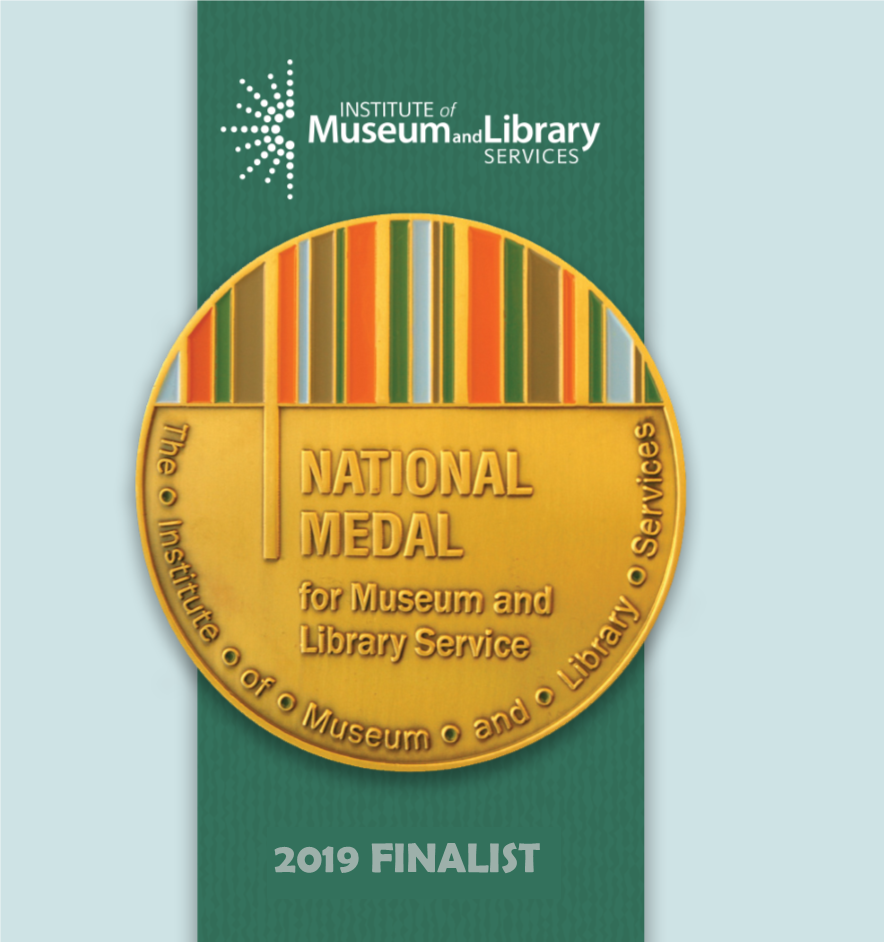 ing to fit the diverse needs of New Haven residents. I’m so excited the IMLS is recognizing and celebrating their great work,” said Murphy.
ing to fit the diverse needs of New Haven residents. I’m so excited the IMLS is recognizing and celebrating their great work,” said Murphy.
Finalists are chosen because of their significant and exceptional contributions to their communities. Each year, five museums and five libraries are awarded for their exceptional contributions to their communities. Representatives from winning institutions will be honored for their extraordinary contributions at the National Medal Ceremony on June 12 in Washington, D.C. The Institute of Museum and Library Services is the primary source of federal support for the nation's libraries and museums.
Brogan added: “Our application emphasized the civic-minded fighting spirit of our founders which continues to this day, our training with EXCITE Transformation for Libraries – originally funded by IMLS in a grant to the CT State Library – and our new Strategic Framework, along with highlights of a few of our exemplary programs and partnerships including READy for the Grade, Long Wharf Theatre, and Ives Squared anchor role in the Elm City Innovation Collaborative.”
IMLS is encouraging community members who have visited the New Haven Free Public Library to share their story on social media. To #ShareYourStory, please visit www.facebook.com/USIMLS or www.twitter.com/us_imls and use #IMLSmedals and #myNHFPLstory.





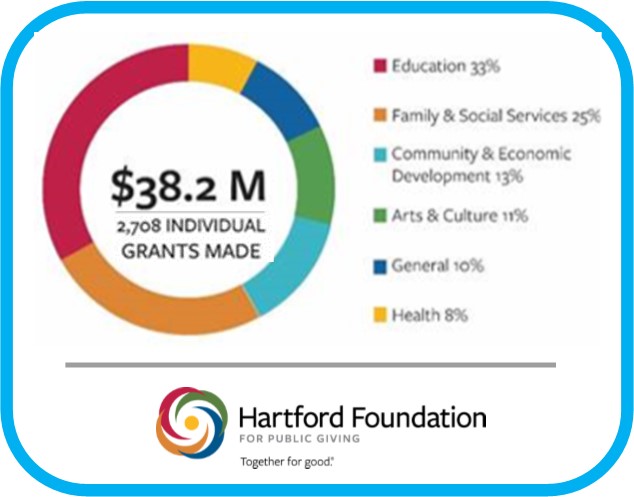
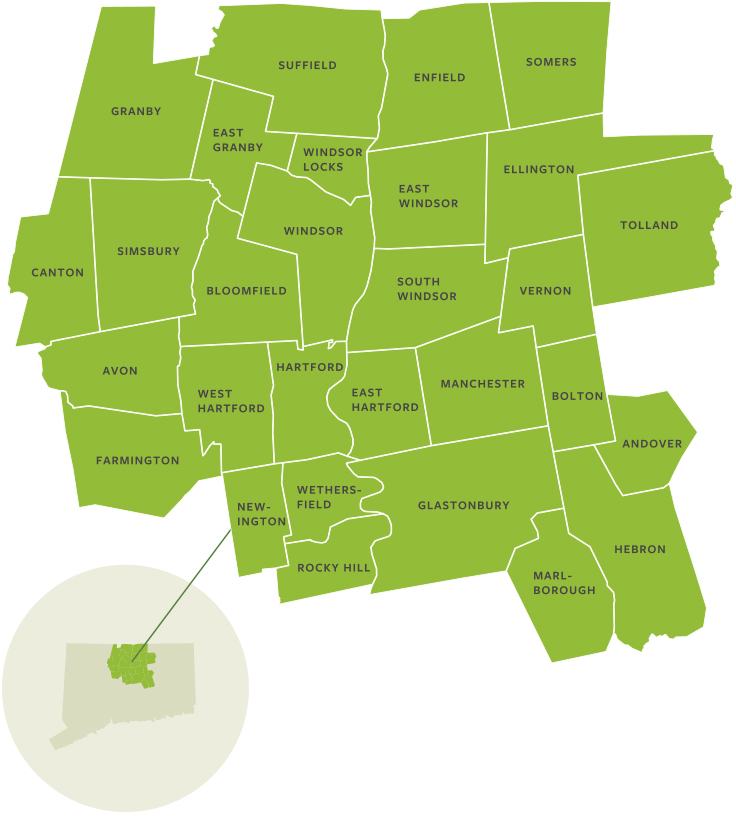 Among the grants, in each program area:
Among the grants, in each program area:
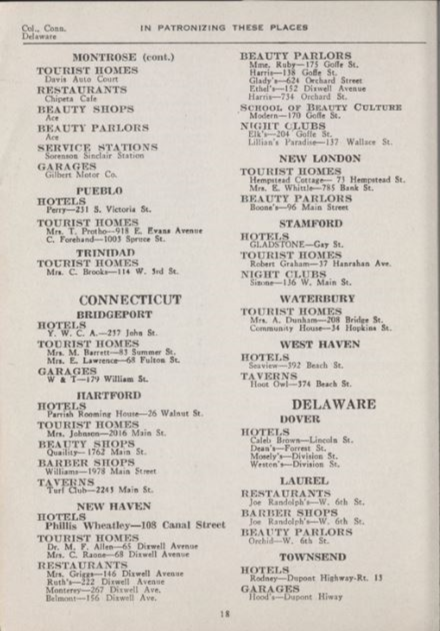


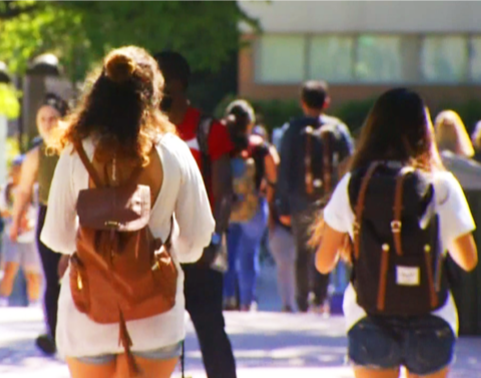 Both public and private nonprofit institutions in New England saw a 61 percent rise in the number of foreign students over a five-year period from AY 2012-13 to AY 2017-18, which is comparable to the national growth in the international student population over the same period.
Both public and private nonprofit institutions in New England saw a 61 percent rise in the number of foreign students over a five-year period from AY 2012-13 to AY 2017-18, which is comparable to the national growth in the international student population over the same period.
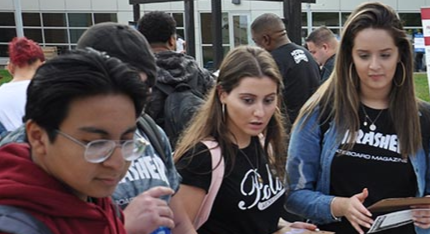
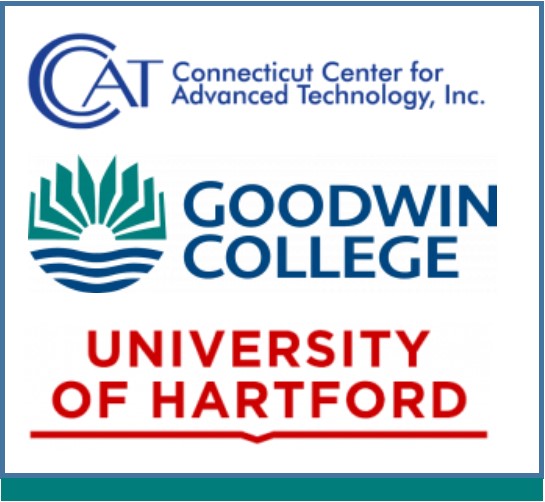
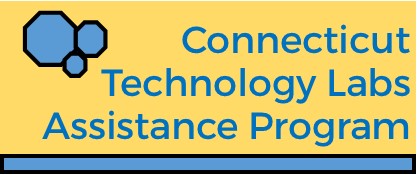 CCAT and the University of Hartford have a long history of working together developing programs, obtaining grant funding, sharing equipment and facilities, and ensuring that students have interesting research projects as well as hands-on learning opportunities through internships and experiential education. This is the latest program collaboration.
CCAT and the University of Hartford have a long history of working together developing programs, obtaining grant funding, sharing equipment and facilities, and ensuring that students have interesting research projects as well as hands-on learning opportunities through internships and experiential education. This is the latest program collaboration.